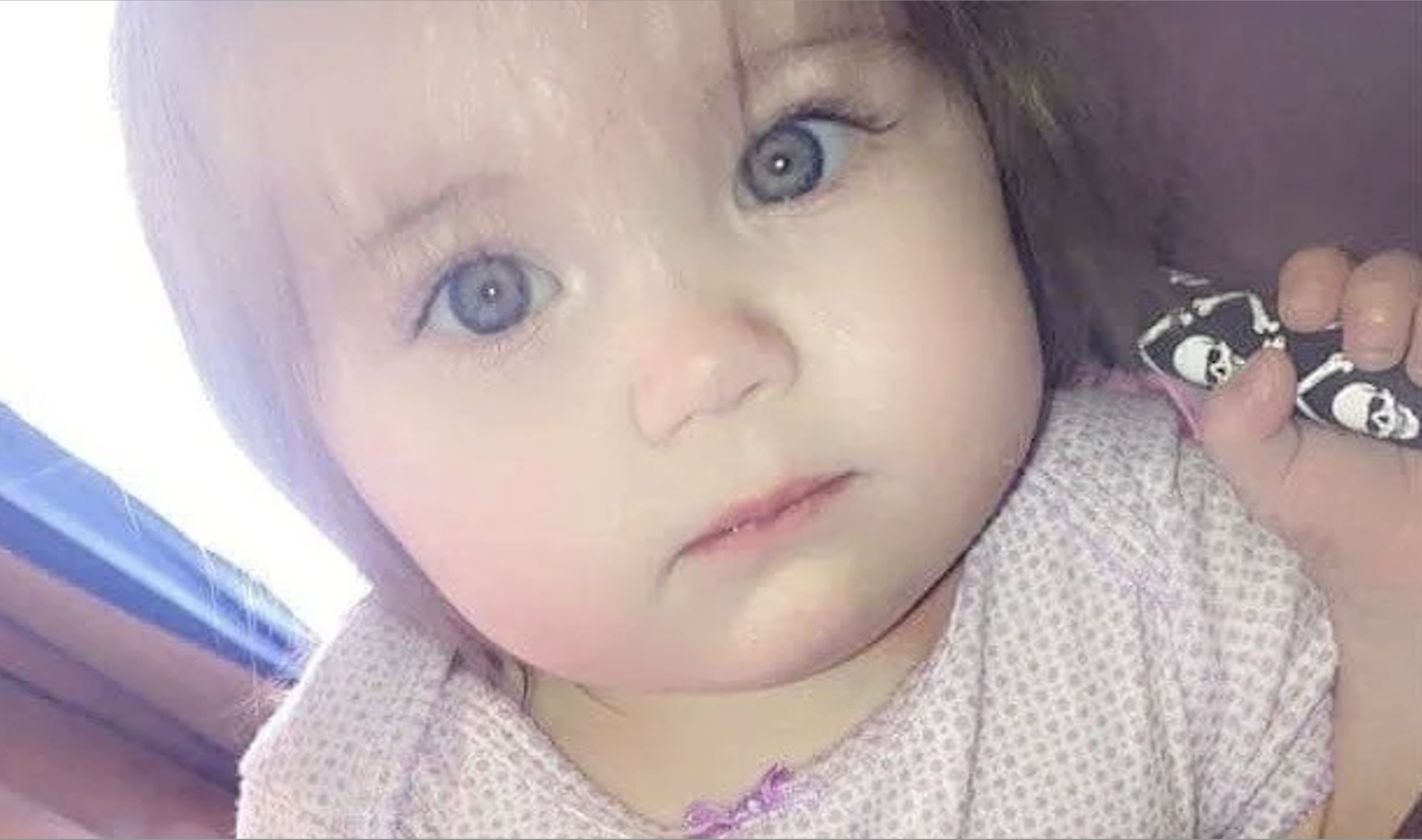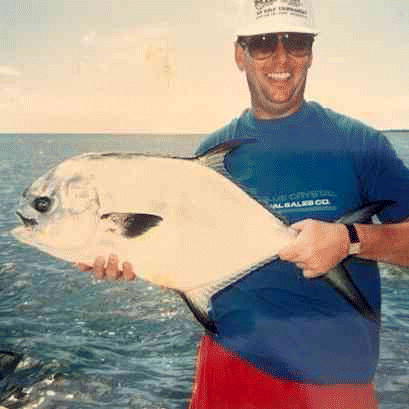OUTSIDE – When Hand Washing First Became a Big Deal
Published 2:34 pm Wednesday, May 6, 2020

Roark
By STEVE ROARK
Volunteer Interpreter, Cumberland Gap National Historical Park
Hand washing has certainly come to the forefront these days, and rightfully so. The experts say frequent and thorough hand washing is the most important thing you can do for defense against Covid-19. And it’s been an important health action for many decades, but this hasn’t always been the case. For thousands of years people were getting sick or dying from contamination spread by unclean hands, but no one knew anything about bacteria or viruses and such. The first glimmer that clean hands were a big deal occurred in 1847 in an unusual manner.
In 1844 a young Hungarian named Ignaz Semmelweis wished to become a medical doctor and wanted the best schooling available at the time, which was a teaching hospital in Vienna, Italy. The professors running it were considered the best in the world on medical lore. Semmelweis found that he liked obstetrics and became very involved with delivering babies. But being a teaching hospital all the student doctors were conducting autopsies almost daily to learn more about the body and its internal parts and function. And so a daily routine for Semmelweis was to do autopsies in the morning and deliver babies in the afternoon. But something was going on that disturbed him greatly: a high percentage of mothers, perfectly healthy young women, were dying shortly after giving birth from Puerperal fever, a sickness known for millennia. It’s a nasty way to die, involving a very high fever that leads to convulsions, hallucinations, accumulation of fluids, and ultimately death.
It distressed Semmelweis greatly to watch so many women suffer, and so using the scientific method set out to try and figure out why the high death count. He studied hospital records and ran across another disturbing and important fact. There were two delivery wards in the hospital, one handled by the young doctor students, the other by local midwives. The records showed that on average 600 to 800 mothers died each year in the doctor manned ward, while the midwives lost around 60. This was huge, so Semmelweis focused in on differences between the two wards. At first, he couldn’t find any, but one day a student doing an autopsy on a body accidently cut his overseeing professor, and the professor rapidly came down with the Puerpera fever and died. The lightbulb went off and Semmelweis saw a connection between student doctors having their hands inside a cadaver and then turning around and using those same hands to deliver babies. Those hands were apparently transferring something from the dead body to the mother, which Semmelweis called cadaver particles (this is pre-microbiology remember).
Semmelweis then set out figuring out how to stop the movement of his cadaver particles to the birth ward and settled on a simple mixture of bleach and water. He convinced all the doctors to scrub their hands with the bleach solution before going in to deliver babies. As a result, deaths of new mothers went to almost zero. Unfortunately Semmelweis, a young upstart doctor, was not able to convince the highly learned and respected professors running the hospital on the importance of hand washing, and so the practice was not really taken up until Louis Pasteur came along a few years later and enlightened the world on microscopic pathogens and the germ theory of disease spread.
So here we are, 175 years later, still benefiting from these early science pioneers. Your hands are big time transporters of pathogens, so the simple act of thorough hand washing with plenty of soap breaks this transportation cycle. And think about this: good hand washing with soap doesn’t just rub off the coronavirus. It has a protective, oily membrane that soap breaks down, so you are literally bursting them open and they can no longer harm you or anyone else. In warfare the objective is to kill the enemy, so pick up your soapy firearm and get to it. This article is based on a radio program called Every Day is Ignaz Semmelweis Day, produced by Radiolab. If you’re into podcasts check it out.






